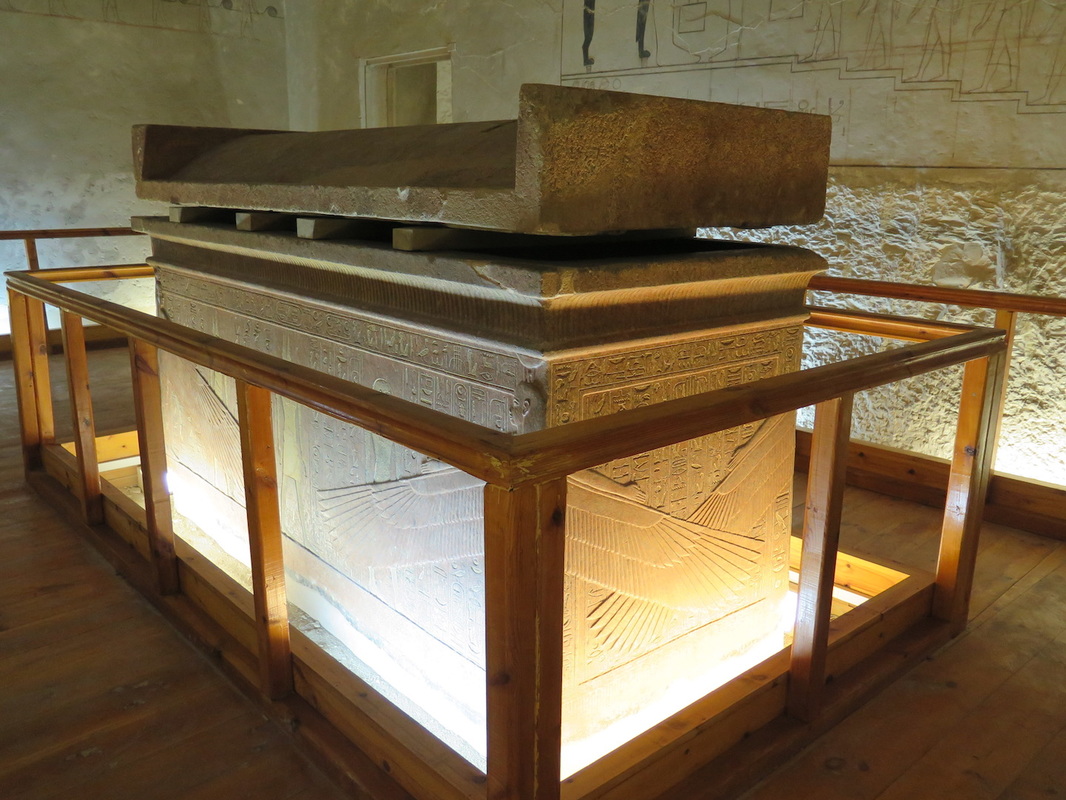

Gerzean pottery has been assigned SD values of 40 through 62, and is distinctly different from Amratian white cross-lined wares or black-topped ware. Gerzean culture is largely an unbroken development of Amratian culture, starting in the Nile delta and moving south through Upper Egypt, but failing to dislodge Amratian culture in Nubia. It was the next stage in Egyptian cultural development, and it was during this time that the foundation of Dynastic Egypt was laid. The Gerzean culture (Naqada II), from about 3500 to 3200 BC, is named after the site of Gerzeh. This work of art both shows the influence of Mesopotamia on Egypt at an early date, during a period of Egypt–Mesopotamia relations, and the state of Mesopotamian royal iconography during the Uruk period. Mesopotamian king as Master of Animals on the Gebel el-Arak Knife. The primary difference that prevents scholars from merging the two periods is that Badarian sites use copper in addition to stone and are thus chalcolithic settlements, while the Neolithic Tasian sites are still considered Stone Age. The Badarian culture continued to produce blacktop-ware pottery (albeit much improved in quality) and was assigned sequence dating (SD) numbers 21–29. It followed the Tasian culture (c. 4500 BC) but was so similar that many consider them one continuous period. The Badarian culture, from about 4400 to 4000 BC, is named for the Badari site near Der Tasa. The first Egyptian life-size head made of clay comes from Merimde. The Merimde people buried their dead within the settlement and produced clay figurines. Cattle, sheep, goats, and pigs were raised, and wheat, sorghum and barley were planted. People lived in small huts, produced simple undecorated pottery, and had stone tools. The culture has strong connections to the Faiyum A culture as well as the Levant. Merimde culture (5000–4200 BC)įrom about 5000 to 4200 BC, the Merimde culture, known only from a large settlement site at the edge of the Western Nile Delta, flourished in Lower Egypt.


Studies based on morphological, genetic, and archaeological data have attributed these settlements to migrants from the Fertile Crescent returning during the Neolithic Revolution, bringing agriculture to the region. The period from 9000 to 6000 BC has left very little archaeological evidence, but around 6000 BC, Neolithic settlements began to appear all over Egypt. 6000 BC to the beginning of the Early Dynastic Period, around 3100 BC.Ĭontinued expansion of the desert forced the early ancestors of the Egyptians to settle around the Nile and adopt a more sedentary lifestyle during the Neolithic. Pre-Dynastic Egypt, corresponding to the Neolithic period of the prehistory of Egypt, spanned from c. Artifacts of Egypt from the Prehistoric period, 4400–3100 BC: clockwise from top left: a Badarian ivory figurine, a Naqada jar, a Bat figurine, a cosmetic palette, a flint knife, and a diorite vase.


 0 kommentar(er)
0 kommentar(er)
